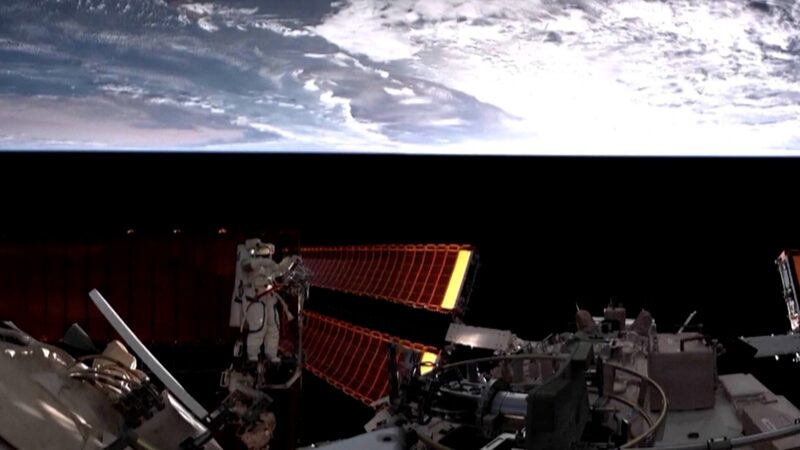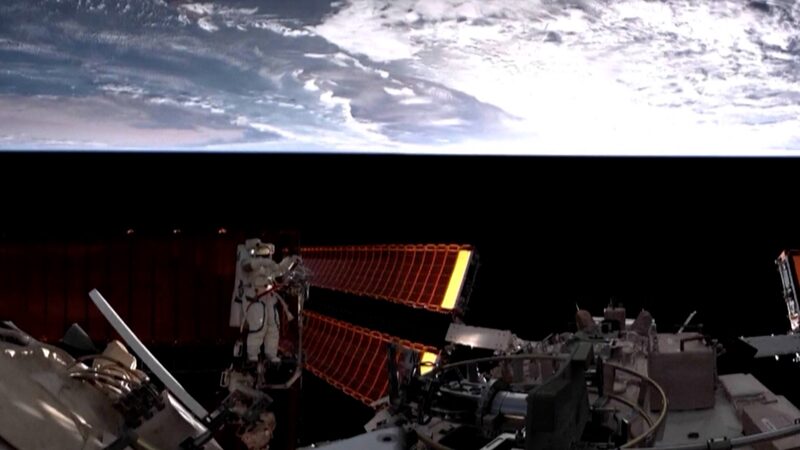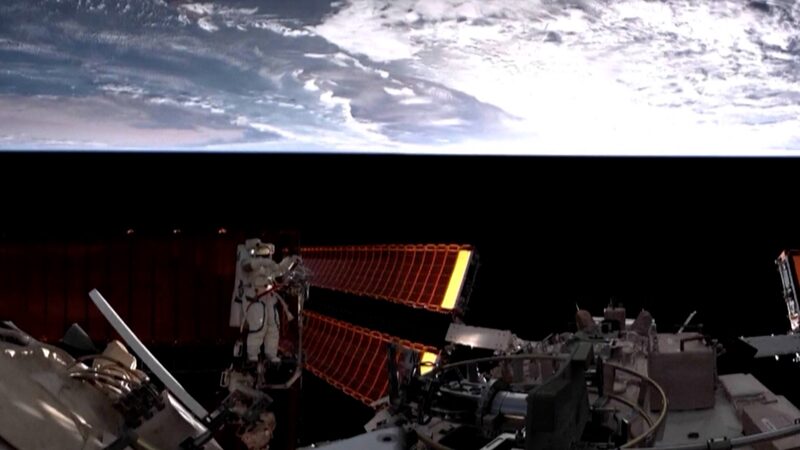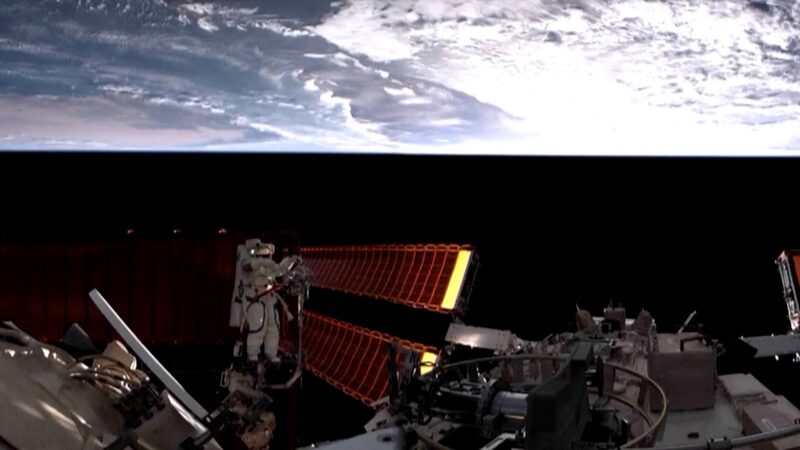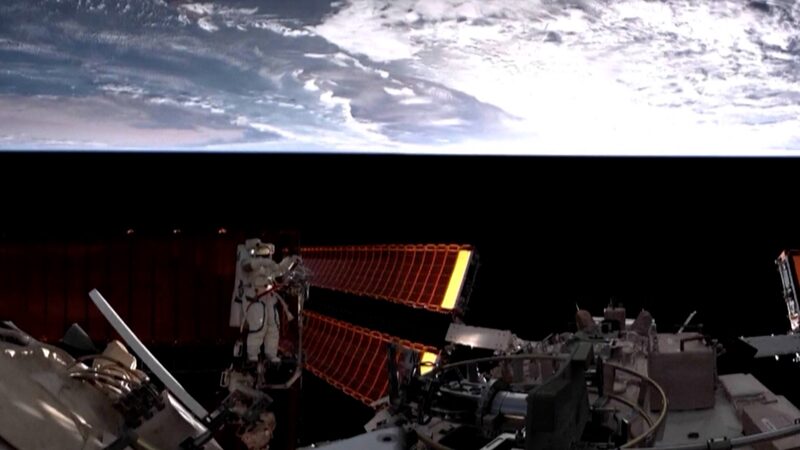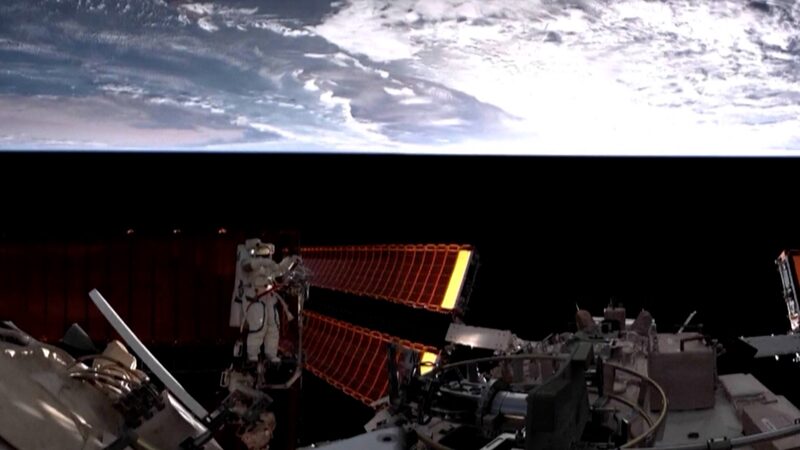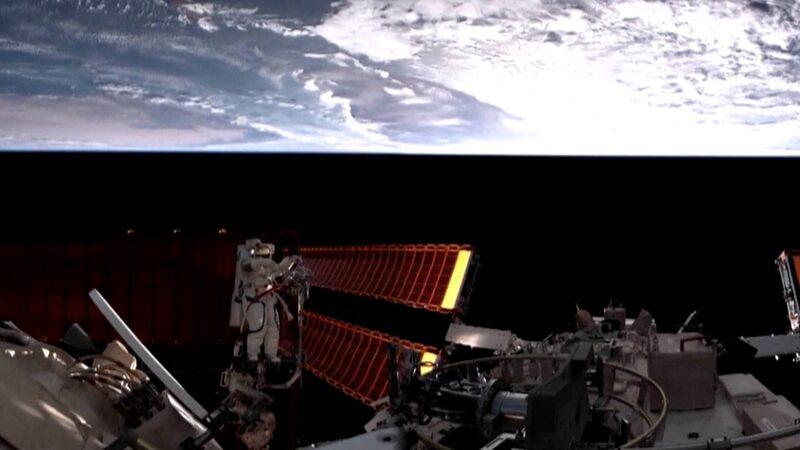China's Shenzhou-20 crew marked another milestone in space exploration Thursday, successfully completing their second series of extravehicular activities (EVAs) outside the Tiangong space station. The achievement underscores China's growing capabilities in orbital operations and long-term space habitation.
The six-hour mission involved testing next-generation spacesuit systems and installing critical scientific payloads to study cosmic radiation's effects on materials. This follows their first spacewalk earlier this month, which focused on station maintenance and robotic arm operations.
"These systematic EVAs demonstrate our crew's adaptability in complex orbital environments," stated the China Manned Space Agency in a release. The agency emphasized the activities' significance for future lunar exploration plans and international scientific collaboration aboard the station.
With over 1,000 in-orbit experiments conducted since its 2022 completion, Tiangong continues attracting global research partnerships. Recent projects include joint studies on protein crystallization with European scientists and atmospheric monitoring initiatives involving Southeast Asian researchers.
The Shenzhou-20 mission, now entering its fifth month, represents China's longest crewed spaceflight to date. Analysts note the regular EVAs provide valuable data for optimizing operational protocols ahead of planned station expansion in 2025.
Reference(s):
Shenzhou-20 crew completes second series of extravehicular activities
cgtn.com

